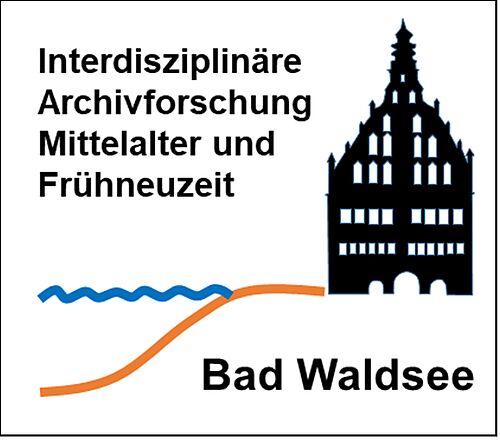
Seasonally laminated lacustrine sediments of Lake Stadtsee located in the city of Bad Waldsee (Swabia) offer a unique archive of the economic and environmental history since medieval times. This allows correlating sedimentary signals with historic documents precisely to the year over centuries. The overall goal is to check if, when and how the history of a city and its periphery affected lake development and water quality, and how fast water quality and aquatic ecosystem recovered from human impact. An interdisciplinary research team consisting of geologists, biologists and historians is established to investigate temporally highly resolved records of diatom and pollen spectra, geochemical proxies and sediment facies of already available profundal sediment cores from Lake Stadtsee and to compare and calibrate these results with historic documents, stock books and maps. Research will focus on the effects of population growth or decrease, farming intensity, economic production, trade activity, climate change and catastrophic events such as fire and floods. We expect detailed information about the response of urban surface waters to changing emissions of the city and the long-term behavior of persistent pollutants on lakes. The project will contribute to the knowledge of historic human impact on the environment in Germany, reference conditions, and the resilience of aquatic systems. For the first time the environmental impact of socio-economic development for the preindustrial development phase of a city from AD 1200 to 1800 will be assessed (Source: DFG Application Bad Waldsee)